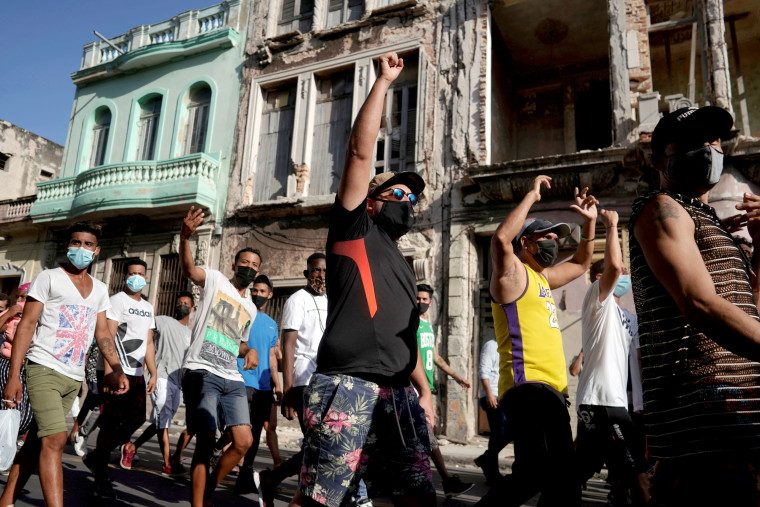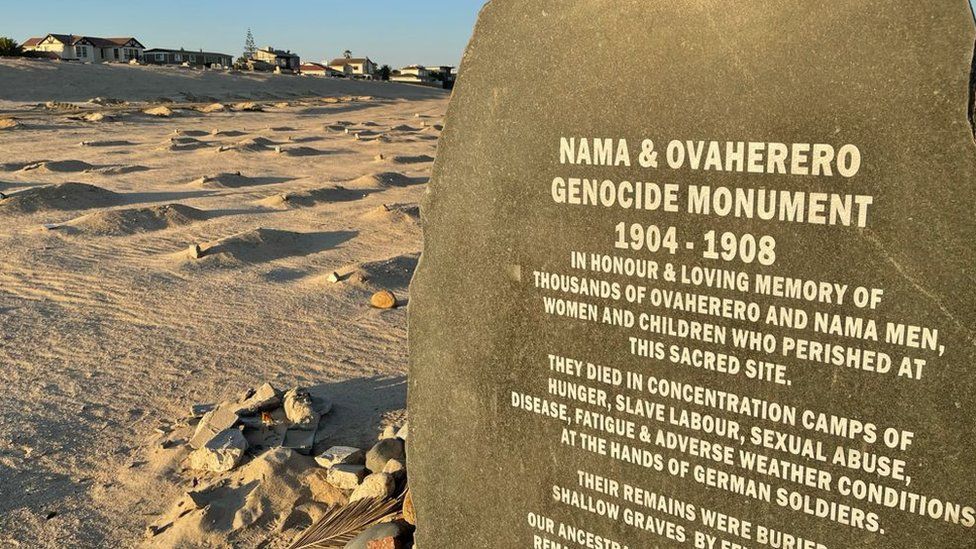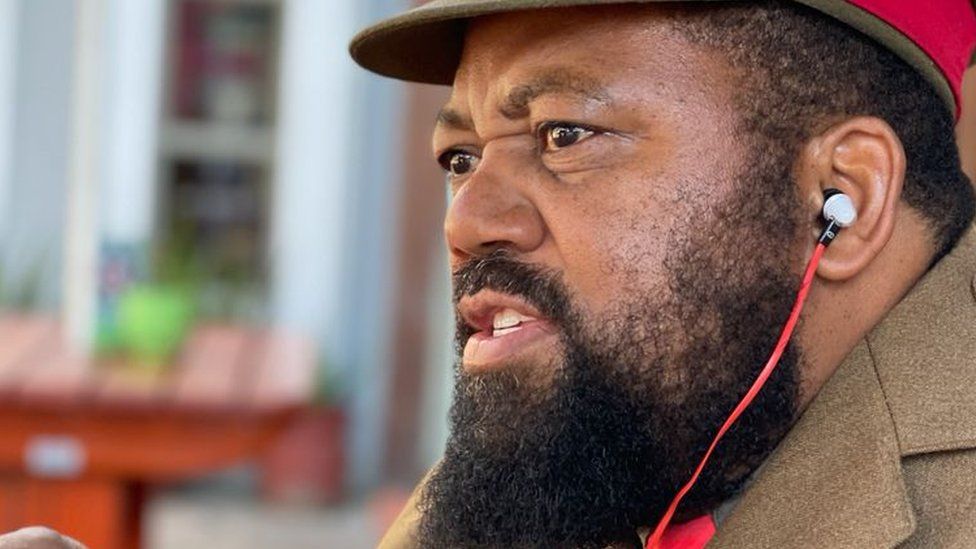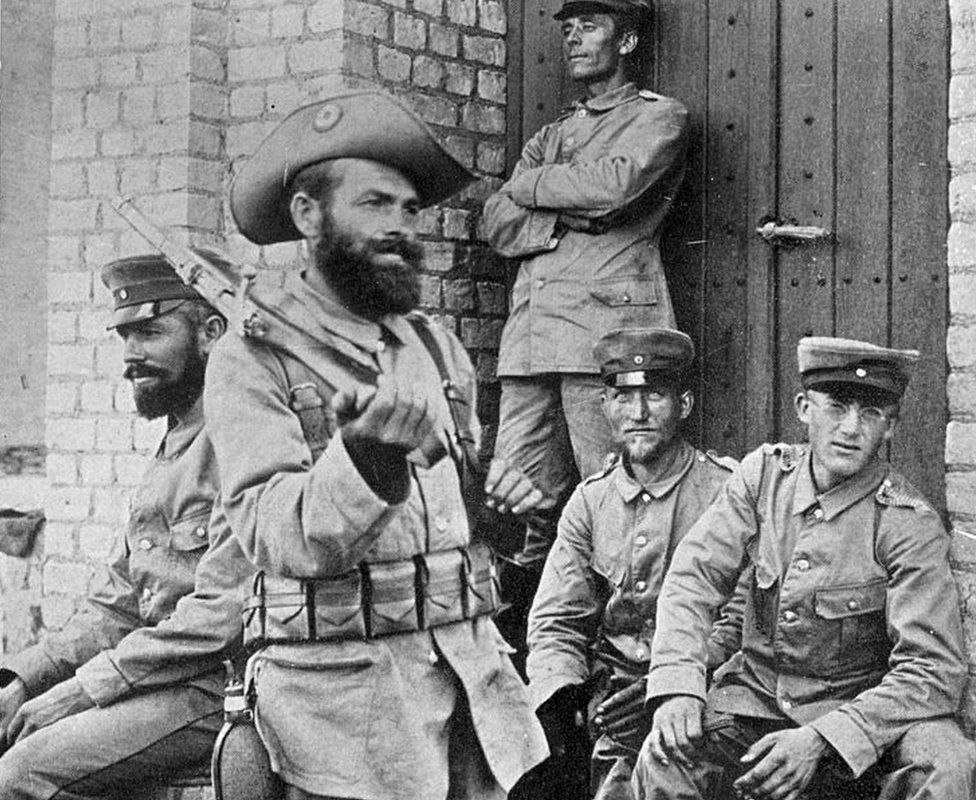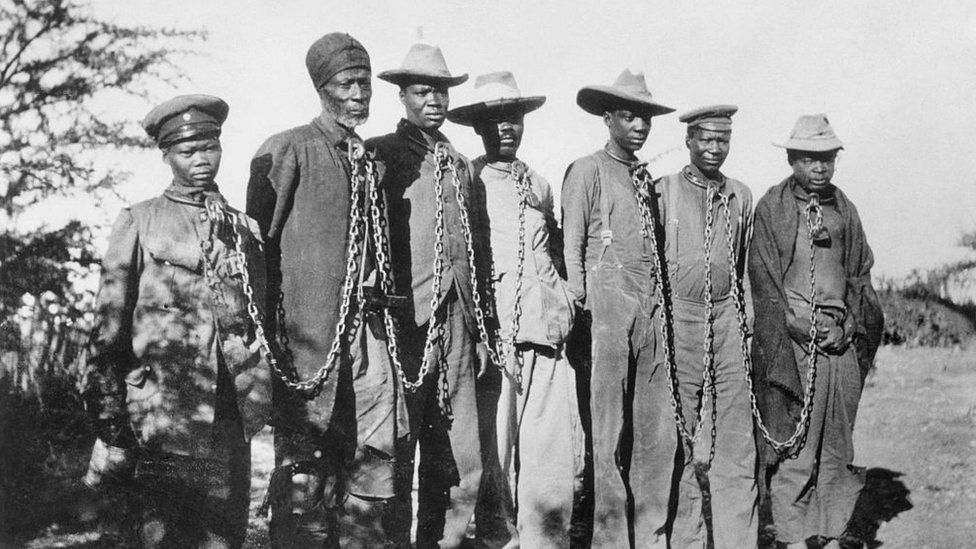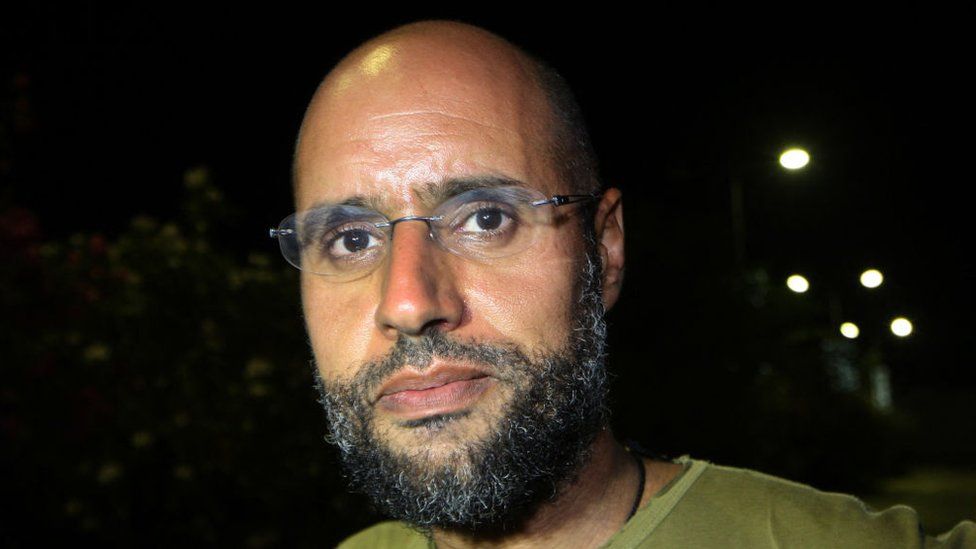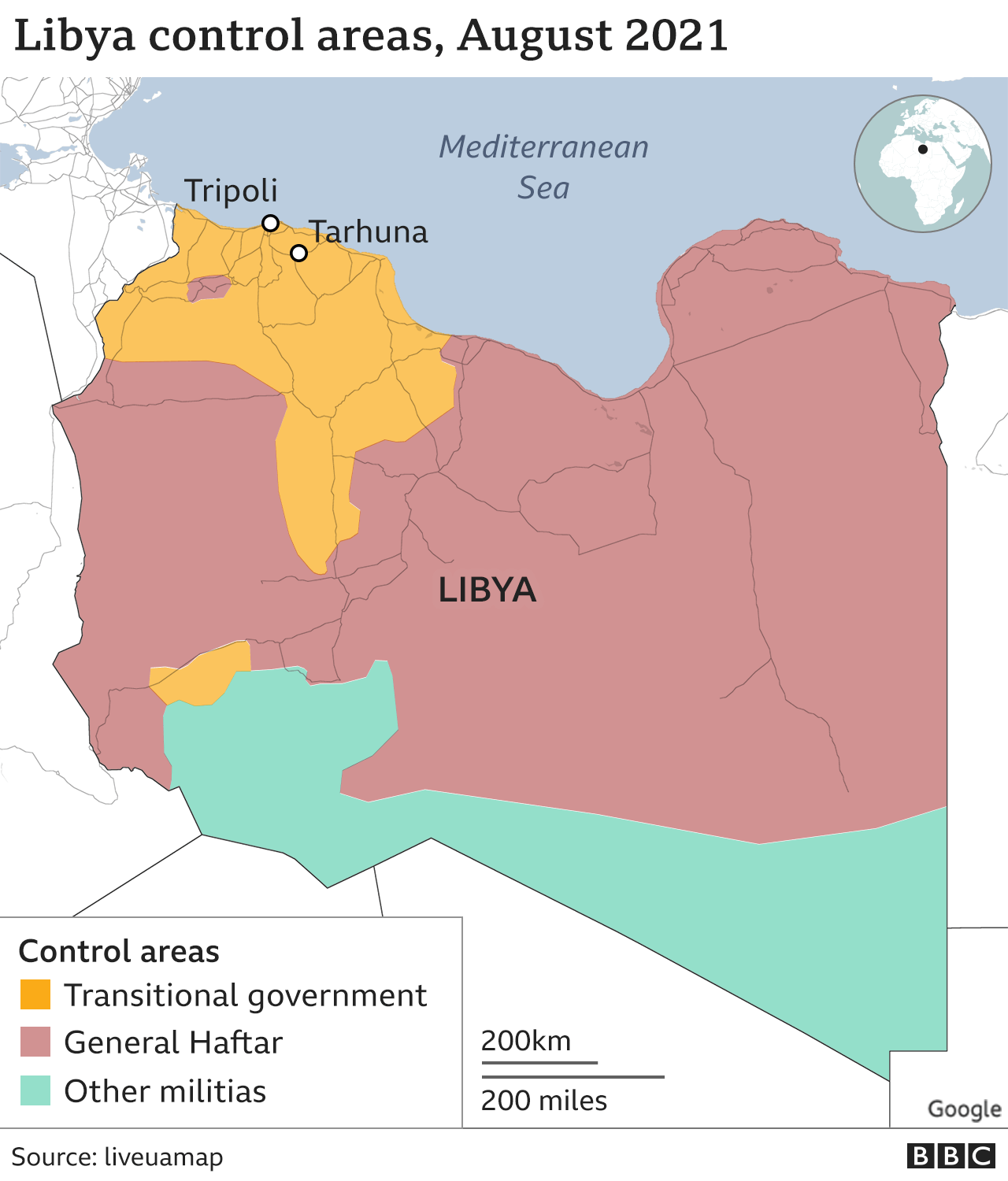By: Staff
July 14, 2020

The Alberta Investment Management Corp. has completed its review of a volatility trading strategy, known as VOLTS, that resulted in $2.1 billion in losses in the wake of the coronavirus crash.
While the strategy would have been expected to generate some losses in periods of market volatility, the losses were far greater than expected, noted a report on the review.
As the crisis unfolded, the AIMCo’s board took steps to mitigate further losses by approving a plan to wind down and permanently close the strategy altogether. It also moved to review more than 50 other value-added strategies to determine whether any of them also had the potential for outsized losses. It found none of them had the potential to perform as poorly as the volatility strategy.
Read: AIMCo board undertaking third-party review of volatility trading strategy
The report outlined the history of the AIMCo’s volatility contracts strategy, which began in 2013 and was expanded in January 2018 to include capped/uncapped variance swaps. “These swaps trade a relatively fixed return during typical to moderately high volatility conditions for a significantly more steeply tilted and non-linear loss function during high to very high volatility conditions and carry the risk of greatly magnified losses from extreme volatility events, such as the COVID-related volatility experienced in March or that experienced in the October 1987 Black Monday event.”
While the volatility portfolio was shifting towards higher-risk capped/uncapped contracts, the overall portfolio was growing above its pre-2018 levels. As well, a legacy risk system was in place that worked reasonably well for situations with a linear relationship between portfolio investments and underlying economic and market factors. However, it didn’t work well with non-linear returns, like the volatility strategy. “The limitations of the risk system had previously been recognized and its replacement had been identified and was in the process of being implemented,” said the report.
By January 2020, the AIMCo’s risk management team had modelled the risk involved in the capped/uncapped strategy and called for more attention to be paid to the unlikely, but still possible, chance of extreme tail risk. The public equities team started taking action to reduce the fund’s overall exposure to the volatility strategy in early March, but by then it was too late. “Unprecedented and sustained volatility caused by the COVID-19 crisis made it impossible to unwind the positions without considerable loss.”
Read: AIMCo calls reports of losses on volatility strategy ‘dramatically’ overstated
In response to the situation, the board launched a comprehensive review of the volatility trading strategy. A new report by the AIMCo outlines recommendations and changes as a result of the review.
“Oversight of AIMCo’s investment strategies and risk management is the responsibility of the board of directors,” noted the report. “The losses incurred by our clients as a result of the VOLTS strategy are wholly unacceptable. The board is determined that the lessons from this experience will improve AIMCo’s management processes, prevent any similar occurrences and, most importantly, strengthen the risk culture of AIMCo.”
The board’s review concluded that the degree of challenge from the first and second lines of defence, namely the investment and risk management teams, regarding the strategy was unsatisfactory. And the “breadth and depth of risk governance controls, collaboration and risk culture” were also unsatisfactory. Further, analytics relating to the extreme tail risk inherent to the volatility strategy weren’t escalated to senior management and the board quickly enough.
As a result of the review, the board has adopted — and instructed management to implement — 10 recommended changes. First, that the AIMCo’s chief executive, investment and risk officers will personally lead and ensure the integration of the risk management and investment management staff, progressing toward a more collaborative and inclusive relationship. Second, the AIMCo will broaden its risk framework to deepen its description of risk appetite and risk tolerance, as well as launch a process of dialogue and debate across the organization on these topics.
Read: Is it time for pension plan sponsors to revisit risk tolerance?
Further, the AIMCo’s management will propose revised investment approval thresholds relating to any investment strategy or product using over-the-counter options, swaps or other derivatives, with the exception of cases in which derivatives are used only for hedging risks inherent in an investment strategy. As well, regular risk reporting to the board will become more granular by including exposure and risk measures against applicable thresholds and limits for all products and strategies.
Management will also develop an escalation and remediation process whereby risks that may lead to outsized or unexpected losses will be identified, regardless of the risk limit. And the risk management team will provide the approving authority, including an independent review of significant risks, whenever a product or strategy originates, is expanded or changed in terms of design or description.
At the outset, expansion or change in design or description of any strategy or product, the AIMCo will also clearly indicate any risk that an amount in excess of the initial investment could be lost. As well, if a change is made to the design or description of an investment, the original authority that approved the product or strategy will have to re-approve it as though it were completely new.
As for talent management, the board said its human resources and compensation committee will continue its redesign initiatives to push risk and investment managements’ further integration, including provisions for their compensation to be meaningfully linked to both teams’ degree of improved collaboration. The board also asked the chief executive officer to revise the AIMCo’s talent management strategy, organizational design and management succession plan.
Read: Mark Wiseman appointed board chair of AIMCo
In the review process, the AIMCo used its internal audit group and chief legal officer, in addition to third-party advice from Barbara Zvan, former chief risk officer at the Ontario Teachers’ Pension Plan, and KPMG’s financial risk management team.
“No matter how carefully designed a set of prescriptive rules are, a so-minded individual or group can usually find a way to circumvent such rules,” said the report. “Consequentially, the most important changes emerging from the board’s review are actually not process changes at all, but rather changes to the culture in which the rules are to be embedded.
“With the oversight of the board, senior management will continue to move AIMCo’s culture toward a more collaborative environment among risk and investment professionals. These changes are not so easily effected and will require strong focus and leadership from the board and senior management, as well as continuous evaluation against clear, predetermined benchmarks.”
Read: AIMCo earns 10.6% return for 2019, underperforms benchmark
Alberta Finance resists pension plan representation on AIMCo board
NDP MLA's bill proposes adding members from four largest public sector pension plans to board
Michelle Bellefontaine · CBC News · Posted: Feb 26, 2021 5:02 PM MT | Last Updated: February 26

Alberta finance officials are pushing back against a proposal in a private members' bill that would add members representing public sector plans to the board of the Alberta Investment Management Corporation (AIMCo).
Shannon Phillips, the NDP MLA for Lethbridge-West, presented Bill 208, Alberta Investment Management Corporation Amendment Act, 2020, to the Standing Committee on Private Bills and Private Members' Public Bills on Friday.
The bill proposes adding four members representing the Alberta Teachers Retirement Fund, Special Forces Pension Plan , Local Authorities Pension Plan and Public Sector Pension Plan to AIMCo's 11-person board.
Since taking office nearly two years ago, the current United Conservative government has compelled the pension funds to use AIMCo as their investment manager.
MLAs have been inundated with phone calls, emails and letters about this issue, Phillips said.
Adding representation from the four largest public sector pensions to the AIMCo board would help ease those worries, she said.
Alberta public pension manager AIMCo says $2.1B lost on volatility-based strategy
"Those funds then deserve a better window over governance at AIMCo and input into how they make investment decisions and ultimately how they serve their clients," she told the committee.
AIMCo is an investment firm owned by the provincial government. Management came under fire last year after losing $2.1 billion from a bet on market volatility.
Managers of the four pensions, which provide retirement income for teachers, provincial and local government workers, health care workers and municipal police officers have expressed concern that AIMCo would mishandle their funds.
Lowell Epp, assistant deputy minister for Treasury Risk and Management for the Alberta government, rejected Phillips' proposal in his presentation to the committee.
He says a 15-member board is unwieldy and would be less productive than a smaller board. He also suggested the proposed new members would represent the interests of their individual pension plans and not AIMCo as a whole.
"Representative boards frequently take a combative approach to decision making rather than a much more productive, consensus-based approach," he said.
Epp said each public sector pension retains control over their investment policies.
UCP MLAs, who make up the majority on the committee, echoed some of Epp's concerns.
Referendum question
The Alberta government has the power to issue investment directives to AIMCo. Bill 208 would remove that provision from existing legislation.
Concerns have been raised that the UCP government could order AIMCo to invest funds in oil and gas projects.
Phillips said the power has never been used, so it shouldn't be a problem to remove it.
"Removing that section of the act is a very simple solution to some of the concerns that have been raised by the public," she said.
The government is currently studying the feasibility of leaving the Canada Pension Plan and creating an Alberta Pension Plan in its place, a measure recommended by the Fair Deal Panel last year.
Bill 208 proposes asking Albertans in a referendum whether they want to switch to a provincial pension plan and if they want AIMCo to manage the fund.
Epp, in his presentation, said early evidence suggests a provincial pension plan could be beneficial, but that no decisions have been made on who would manage the funds.
MLAs on the committee agreed to hear stakeholder presentations on Phillips' bill before deciding whether to send it back to the legislative assembly for additional debate.
UCP-dominated committee kills bill that would have added representation to AIMCo board
Author of the article: Ashley Joannou
Publishing date: Mar 08, 2021 •

Article content
A bill that would have added representatives from four major Alberta pensions plans to the board of AIMCo is essentially dead after a government-dominated committee voted against it being debated in the legislature.
The standing committee on private bills and private members’ public bills heard from speakers in favour of NDP MLA Shannon Phillips’ bill Monday morning before voting 6-4 along party lines that the bill should not be given a full debate.
“Today’s decision is yet another example of the UCP ignoring the legitimate concerns of Albertans, and moving ahead with their ideological agenda,” Phillips said in a statement following the defeat.
Bill 208, the Alberta Investment and Management Corporation Amendment Act, would have bumped the size of AIMCo’s board from 11 to 15 by adding representatives from the Alberta Teachers Retirement Fund, Special Forces Pension Plan, Local Authorities Pension Plan and Public Sector Pension Plan.
Those four pensions are now legally required to be managed by AIMCo following legislation passed late last year. The government argued the consolidation would allow for better economy of scale with lower costs overall but unions have expressed distrust in AIMCo’s management and worries they were giving up control.
Greg Meeker, former chair of the Alberta Teachers Retirement Fund, argued Monday that without representation on the board, all teachers could do if they were upset by an AIMCo decision was write a “strongly worded letter.”
“I would suggest that we need representation to go beyond that level, beyond the strongly worded letter level,” he said,
UCP MLA Shane Getson said he was worried adding extra seats would potentially give undue influence to some by having a client able to influence their own specific pension at the board level.
Meeker said adding four seats to AIMCo’s board would not provide a particular advantage.
“That’s not an ability to issue edicts to AIMCo. That’s not the ability to issue an order to the investment staff to prioritize the ATRF investments,” he said.
Brad Readman, the president of Alberta Fire Fighters Association said his members’ pensions are part of the LAPP, which is currently handled by AIMCo, but the current legislation takes away the option to ever leave.
He said while the current members’ pensions won’t change there is a responsibility to protect future members and that Phillips’ bill should be debated.
“Let’s make sure the long-term pension plans and retirement security of firefighters, first responders, teachers, are protected,” he said.
Government officials have said public sector pension boards would continue to control their own investment strategies even under AIMCo’s management though the Alberta Teachers Association has promised to sue over a ministerial order they say takes away their control.
Bill 208 would have also removed a provision in the existing law that allows the government to give AIMCo investment directives.
The bill would have also required a referendum if Alberta launched a provincial pension plan and AIMCo was chosen to manage that money.
Members on both sides of the aisle acknowledged hearing concerns from their constituents about how pensions are managed under the government’s new rules. UCP MLA Whitney Issik blamed this on a “hyperbolic misinformation campaign” and pointed out that the LAPP, managed by AIMCo, is ranked among the top plans in Canada.
NDP members argued that the level of concern was all the more reason to give the issue a full debate.
“It needs to have a proper debate where we can hear from the minister of finance, where we hear from other ministers where we can hear from the opposition, and government, and independent MLAs,” said NDP MLA Thomas Dang.

